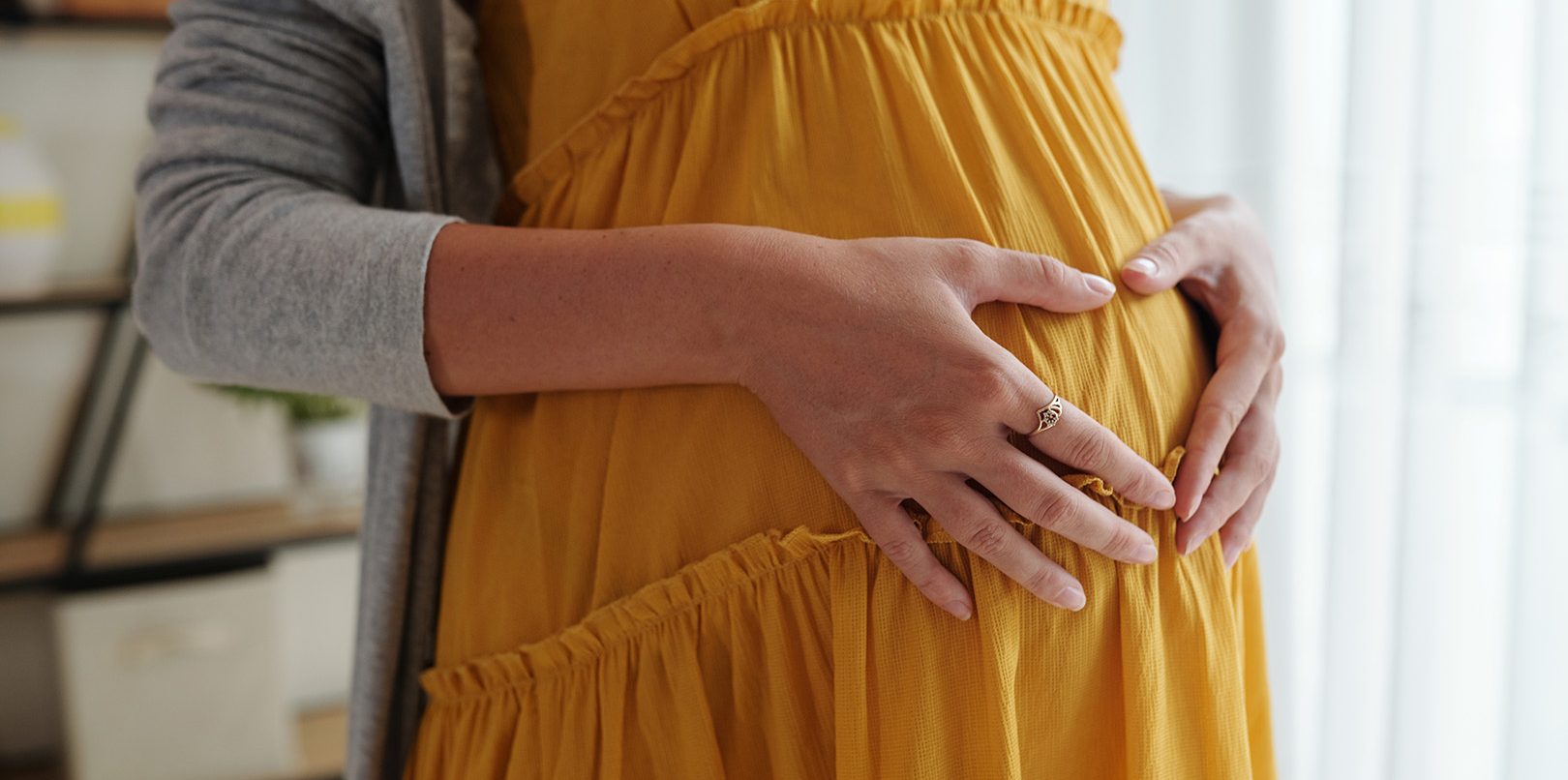Surrogacy is a complex legal and ethical issue that intersects with family law, reproductive rights, and migration policy. In Australia, surrogacy arrangements are governed by both federal and state/territory laws, with significant implications for individuals seeking to bring a child born through surrogacy into the country. This article outlines the legal framework governing surrogacy in Australia, with a particular focus on overseas surrogacy arrangements and the migration pathways available to commissioning parents.
What is Surrogacy?
Surrogacy refers to an agreement in which a birth mother consents to carry a child on behalf of another individual or couple (known as the commissioning parent), with the intention of transferring custody of the child to them immediately or shortly after birth. While it is not legally required for the birth mother to be genetically related to the child, in many cases, including the one under discussion, the birth mother shares a biological connection with the child.
Commercial surrogacy arrangements are prohibited under Australian law. However, altruistic surrogacy, including the reimbursement of prescribed and verifiable costs incurred, is permitted. Each state and territory has its own legislation governing surrogacy, which may affect the recognition of parentage and the enforceability of surrogacy agreements.
Overseas Surrogacy Arrangements
While Australian migration law recognizes certain children born under surrogacy arrangements prescribed under Australian state or territory law, there is no automatic recognition of overseas surrogacy arrangements. Consequently, for migration purposes, surrogacy arrangements undertaken outside of Australia are assessed differently. The key consideration is whether there is a biological link between the child and the commissioning parent.
The laws of the country where a surrogate child was born determine who the child’s legal parents are and what is written on the birth certificate. Therefore, migration matters based on surrogacy arrangements are assessed on a case-by-case basis. Officers cannot usually take the presence of a commissioning parent on the child’s birth certificate as conclusive evidence of a legal parent-child relationship for migration law purposes.
It is also important to determine under local law who has parental responsibility for the surrogate child. This may depend on whether or not the birth mother is married. Although this will not affect the assessment of the child-parent relationship, it will be of particular importance in relation to meeting the parental responsibility public interest criteria 4015 and 4017.
Assessing the Biological Link
A biological link between the child and the commissioning parent is required for surrogacy cases. This is usually demonstrated by a DNA test or through advice from the specialist doctor who undertook the surrogacy procedure. If documentary medical evidence of a biological link cannot be provided, officers may request a DNA test.
DNA testing is particularly important in family stream cases in regions where there is a high incidence of document fraud or in countries where official documentation is unreliable. For instance, in all surrogacy cases in India, it is a mandatory requirement to have a DNA test to confirm biological parentage.
Migration Pathways for Surrogate Children
Where there is a direct biological link between a child born through an overseas surrogacy arrangement and a parent who is either an Australian citizen, permanent resident, or eligible New Zealand citizen, commissioning parents have two main pathways to seek permanent migration for the child to Australia:
- An application for Australian citizenship by descent (available only to children of Australian citizens).
- An application for a Child visa (subclass 101).
Child Visa (Subclass 101)
If the commissioning parent is not an Australian citizen, the only available option is to apply for a Child visa (subclass 101). This visa can take over two years to process. The application must include Form 40CH by the sponsoring parent and Form 47CH on behalf of the child, along with supporting documentation such as evidence of biological parentage, identity and travel documents, proof of parental responsibility, and medical reports.
The application must be submitted by post or courier to the Child and other Family Processing Centre in Perth. Online lodgment is not currently available. Given the lengthy processing times, commissioning parents are advised to prepare early and anticipate additional requests for information.
Australian Citizenship by Descent
Children born outside Australia may be eligible for Australian citizenship by descent if at least one parent was an Australian citizen at the time of their birth. This pathway is not available if the parent acquired citizenship after the child’s birth. The application is made online using Form 118 and must include proof of the parent’s citizenship, the child’s birth certificate, identity documents.
Once approved, the child receives a citizenship certificate, enabling them to apply for an Australian passport. Unlike naturalization, this process does not require a citizenship test or ceremony.
Conclusion
Surrogacy arrangements, particularly those undertaken overseas, present complex legal and procedural challenges for commissioning parents seeking to bring a child to Australia. The requirement to establish a biological link, the variability of foreign legal systems, and the strict requirements of Australian migration law necessitate careful planning and documentation. Commissioning parents are strongly advised to seek legal guidance and begin the application process well in advance to ensure a lawful and timely resolution.



